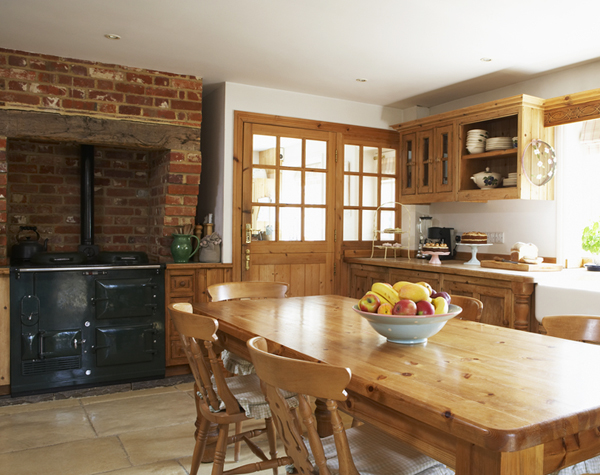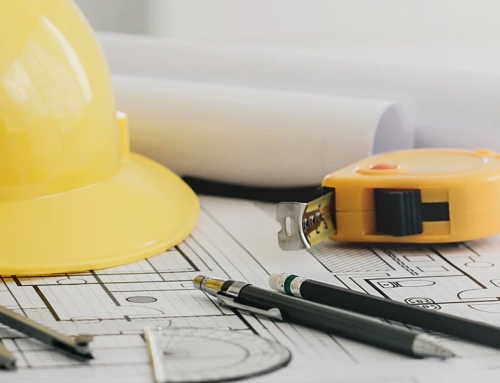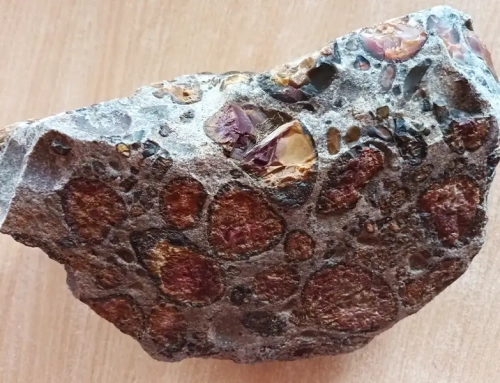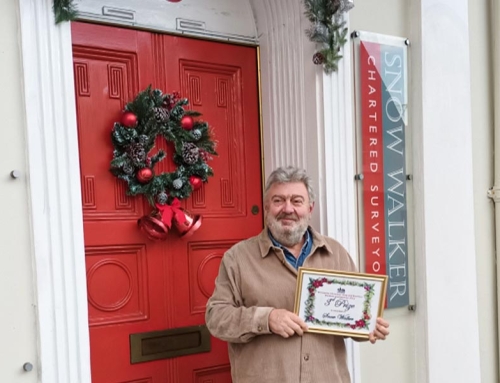In the mind’s eye, the iconic enamelled Aga cooker seems to be as much a part of country living as the obligatory Land Rover. Understanding the wonderful attributes of this cooker, along with some potential drawbacks, is ever important when it comes to installing one in your home.
Invented by Swedish Nobel prize winner and industrialist, Gustaf Dalen, in 1929, they are promoted as being heat storage appliances and in terms of safety, they must be sited well away from combustible materials. With 2, 3 or 4 ovens, an Aga will weigh between 400 kg and 600 kg. These giants therefore require a substantial base, although the weight is not evenly spread and is usually heavier on the left where the core box is sited. Traditional units are manufactured in the UK at Coalbrookdale, crafted from molten steel, with several coats of enamel and available in solid fuel, oil, gas or electric versions.
One common area of difficulty is the flue, where the micro-climate needs to be taken fully into account. Flues can block and require regular sweeping. Short chimney rises also perform badly and something as simple as a missing cowl can seriously affect the unit – indeed, many faults are flue orientated. Oil appliances have received a particularly bad press over recent years due to faults ostensibly blamed on the fuel quality required to meet the latest emissions standards. Since this fuel is low in sulphur it is suggested it creates a carbon deposit on the burner and so the unit fails to light. Other engineers believe that with vaporising burners it is not the sulphur per se, but rather the production processes causing dirty fuel that creates the problems. Short of a leak, one of the first things an engineer will undoubtedly look at when there is a smell of kerosene, is the flue.
Agas certainly make a significant contribution to household heating and can also have a hot water function. In isolation though, they cannot really heat a house adequately since they only really operate properly when running all the time. Their carbon footprint also tends to be rather excessive and they are neither cheap to purchase nor to run – not so different from the classic Land Rover then! Cumbersome to install, but relatively easy to service (especially the older models where simplicity of design is the byword) they still remain an iconic and desirable symbol for any country kitchen.






